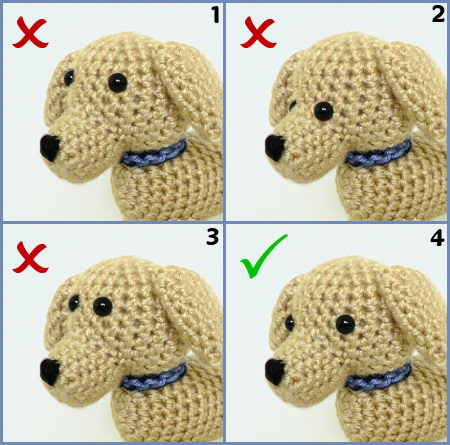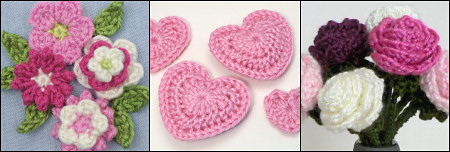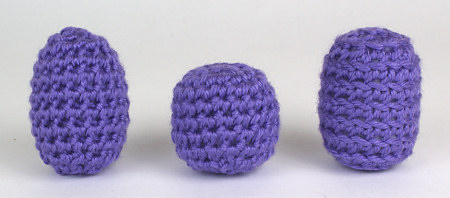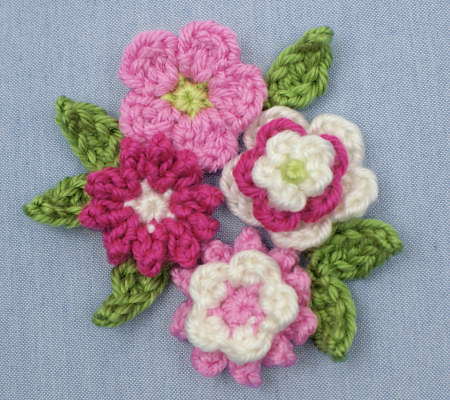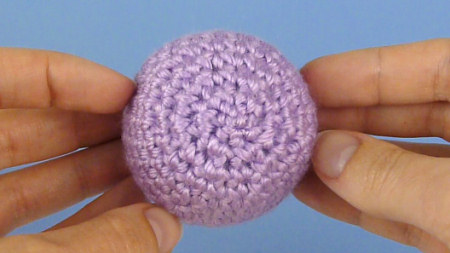
Link easily to this tutorial in your patterns: www.planetjune.com/finish Continuing with my plan to make video tutorials for every essential amigurumi technique, here’s the latest one: the Ultimate Finish. This is the neatest way to fasten off and close the remaining hole when you’ve finished crocheting a piece of amigurumi. Together with the invisible decrease, […]


